When thinking about Mickey Mouse, what is the very first thing that comes to mind?
ΩNE’s image of Mickey Mouse has always been two things.
First and foremost, the joy this dearly beloved character brings young and old alike, and is so very cherished and dear to the Japanese heart.
Indeed, Mickey Mouse, along with the many other characters produced by this large American entertainment conglomerate, embodies the Japanese cult-like worship of kawaii.

Mickey Mouse also has a highly negative connotation encompassing slipshod workmanship on shoddy products, and a flippant attitude toward others.
ΩNE could even go further and say the mind-set and behavior of certain groups of people having been observing over the last few years, represent an extremely Mickey Mouse approach to life.
In the run up to the 2016 American election, pondering to ΩNESELF said
“We are surely to see the end of what once was the United States, beamed out on realty TV” and so it was, there for all to see.
Just to be clear, ΩNE does not have the right to vote either in country of birth, nor the country where resides permanently.
These are mere observations from the point of view of an arm-chair theorist, watching various media feeds from afar.
Let us examine some examples of what could be considered, Mickey Mouse.
Exhibit A
A major American vehicle manufacture desired to enter the Japanese market.
Seeing 126 million affluent consumers had these Americans executives with lucrative stock options, salivating over green, lots of green.
Unfortunately, while these executives’ green-shaded glasses were clouded by the promise of vast troves of treasure, they failed to notice a couple of important things.
First and foremost, the narrowness of most Japanese streets, and the fact the Japanese drive on the left-hand side of the road, with the steering wheel on the right, seemed to have slipped by the profit hungry, very large American automobile manufacture.
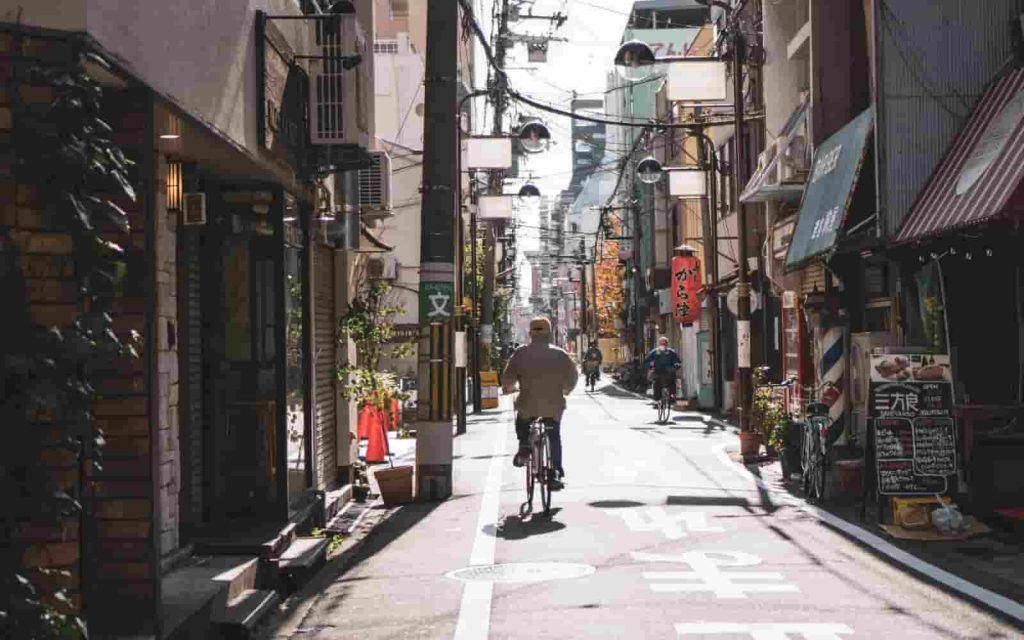
If this wasn’t glaringly obvious enough, they also failed to take into consideration the following:
The vehicle owners of Japan must pay tax based upon the size of their vehicle’s motor.
First off, there is the yearly prefectural (state/province) vehicle tax, and just to make sure all residents of our fair nation pay dearly for the privilege of driving in Japan, every two years the vehicle must receive the federal government inspection, which is not only based upon the size of the motor, but also upon the weight of the vehicle.
When ponders the expense entailed in owning and operating a 6,700 cc motor, with a tank-like weight profile, let us also all remember gasoline is approximately double the price of the U$A.

Herein lies the recipe for a failed attempt to enter the Japanese automotive market by these corporate executives with large stock options, who were also wearing very thick green-tinted glasses.
This is also why there are countless small vehicles with yellow license plates roaming the nooks and crannies of Japan.
These popular vehicles boast an engine size of 660 cc, fully 10 times smaller than the above mention American tank.

ΩNE would have to say the lackadaisical attitude of this very large American automobile manufacture concerning their desired entry into the Japanese market was really quite…Mickey Mouse.

Exhibit B
Often in the role of interpreter, and in this particular case, between a medium sized American health supplement company and their prospective Japanese partner.
The president of the American company gave a PowerPoint presentation, which was known to have been originally produced in Spanish for their Mexican market.
The presentation was overlaid with Japanese text, but the original graphics remained the same.
After the presentation, the Japanese members keeping their stoic faces and low-key tone said, “this approach will never work in the Japanese market.”
To which this president of this Mickey Mouse corporation replied “If it worked in Mexico, it’ll work in Japan”.
It did not.
ΩNE would not only claim the atrocious attitude and narrow-mindedness of this abjectly clueless simpleton of a so-called executive was not only extremely Mickey Mouse, but also somewhat of a clown as well.

 Exhibit C
Exhibit C
As mentioned above, paying attention to the reality show going on over yonder on the great North American continent over the last few years.
The images of the recent pandemonium and chaos live-streaming from one of the most sacred chambers of the last remaining superpower being defiled, left the author of this article not only aghast, but dismayed at the degradation of American society.


ΩNE would even dare say, this grand melee looked somewhat like a Worldwide Wrestling Federation event, although this particular event involved a tragic loss of life, which makes it even all the more deeply shameful for the Americans.
Frankly, this event goes far beyond the pale of the Mickey Mouse stories being discussed here, and can be seen as the American society coming to a brand new level.

Regrettably, it is now plain to see the American’s own democratic house in dire turmoil, as they continue to preach the the gospel of “freedom and democracy” throughout the world.
Now “freedumd and demagoguery” has certainly worked to a certain degree for Japan.
After the Japanese went through the ugly process of a nation re-birth in the aftermath of the Second World War, there was a new found mission and purpose to unite the Japanese nation around the battle cry of economic growth.
Japan is now several decades into the colony experience, and the desires is for the Japanese to do what they do best; take imported ideas, and merge and improve them into something different and better, all the while being infused with the Japanese Way.
Let’s continue to build strong communities, based upon mutual respect of differences, and even more so, acknowledge and embrace our commonality, as all strive to create a better future filled with hope and aspiration for our children and those to come after.




















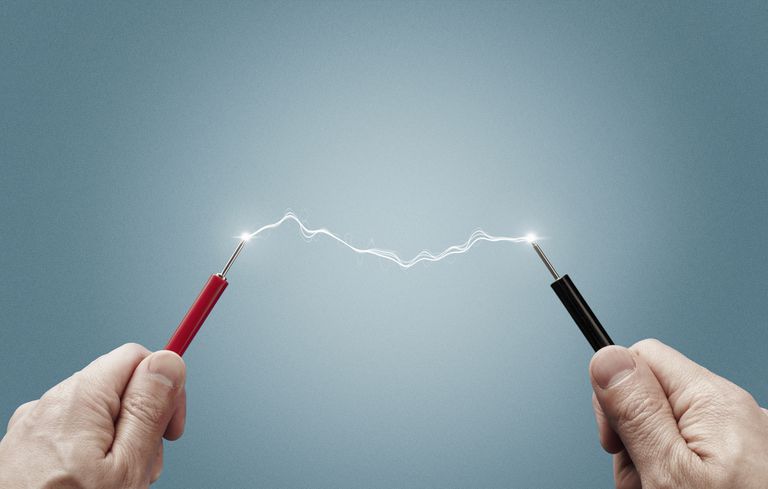
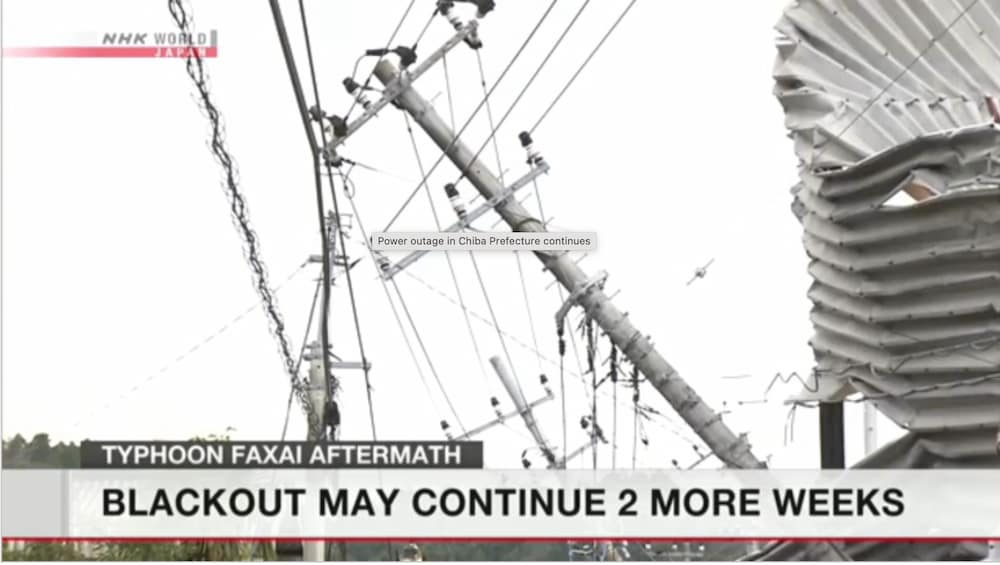


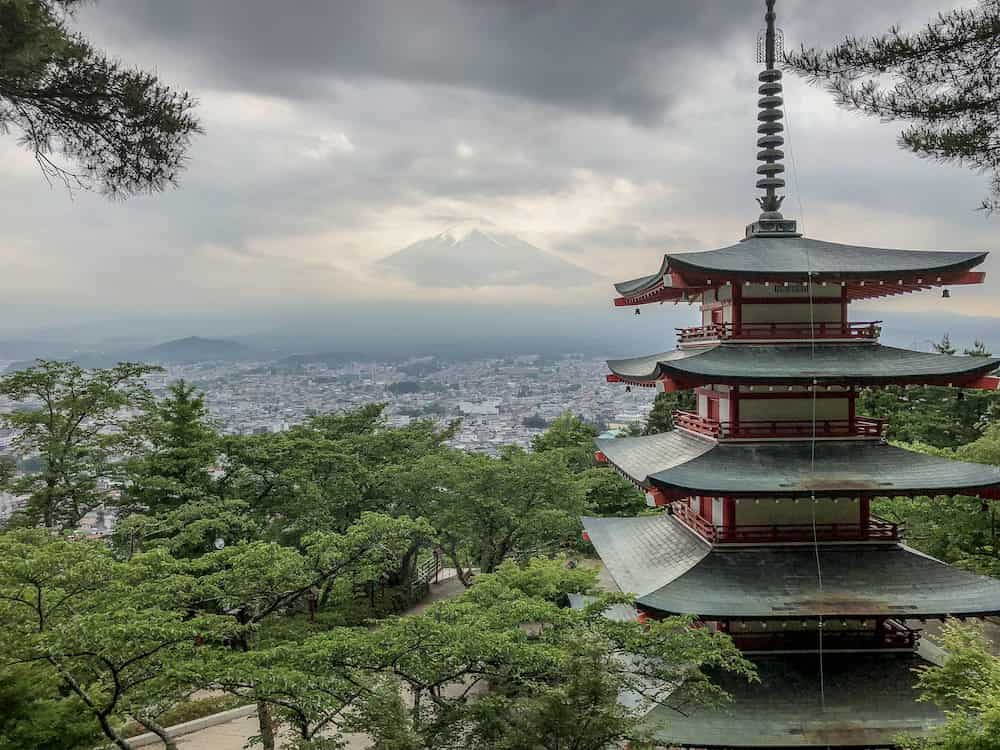











 Exhibit C
Exhibit C








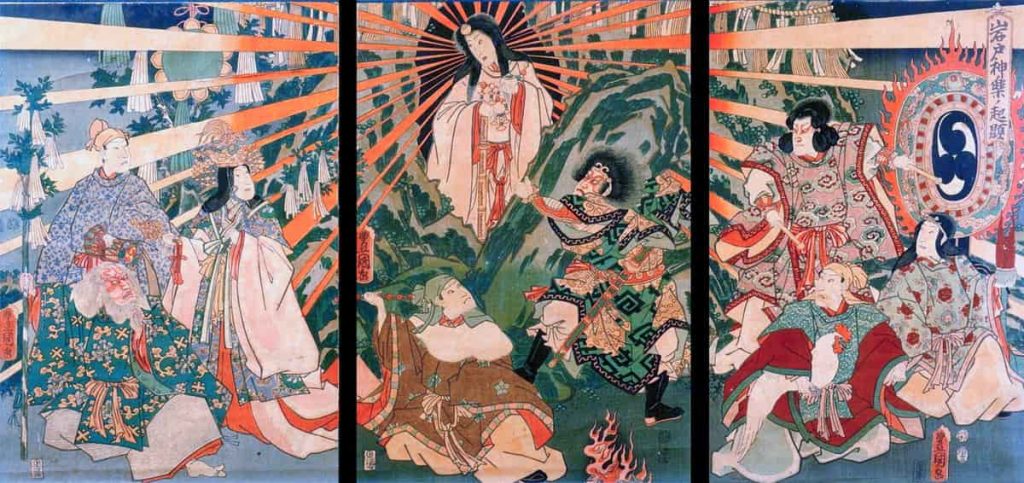
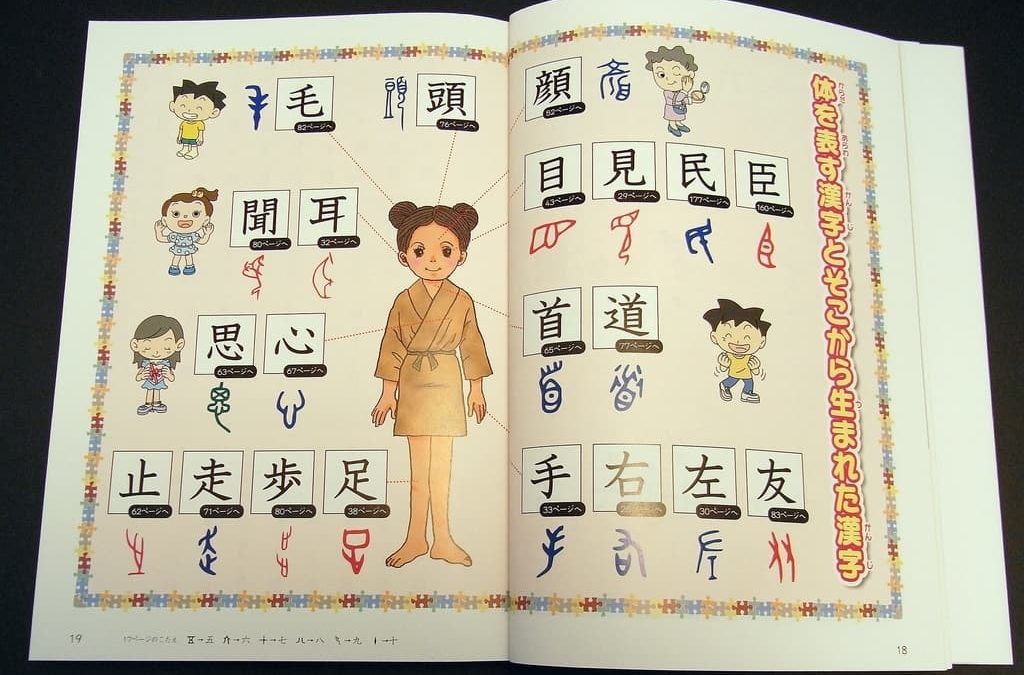
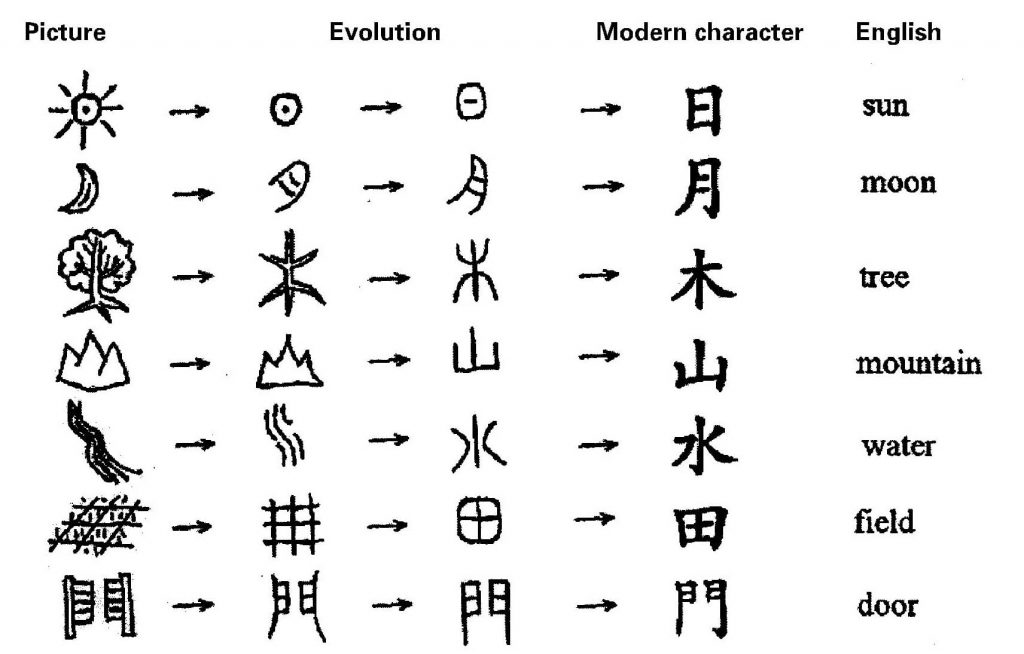

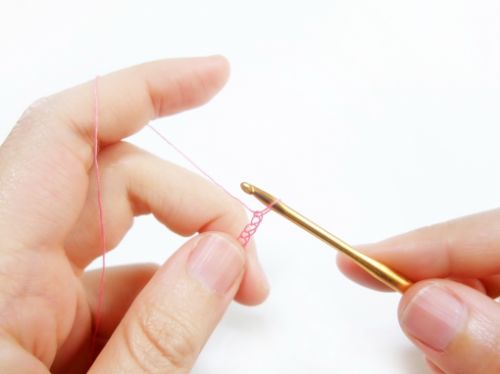
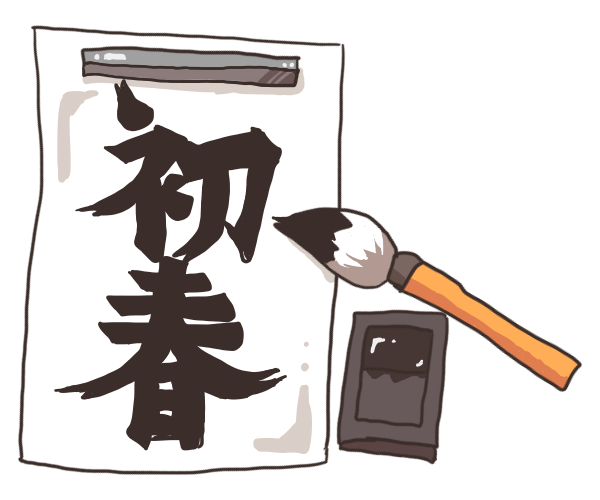

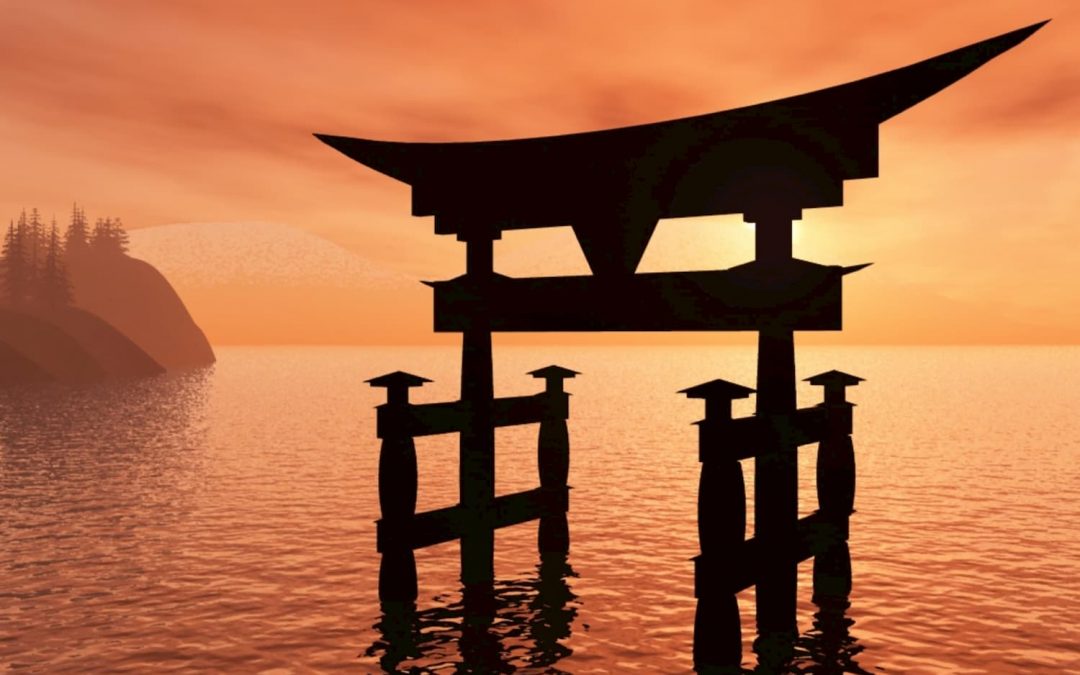
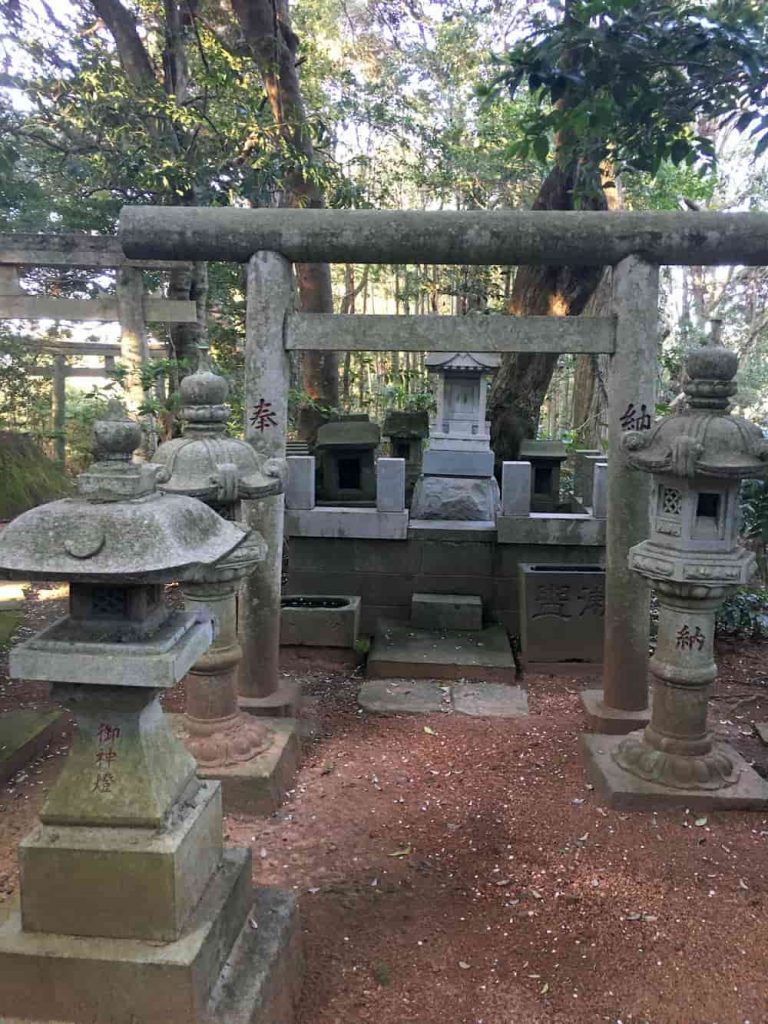

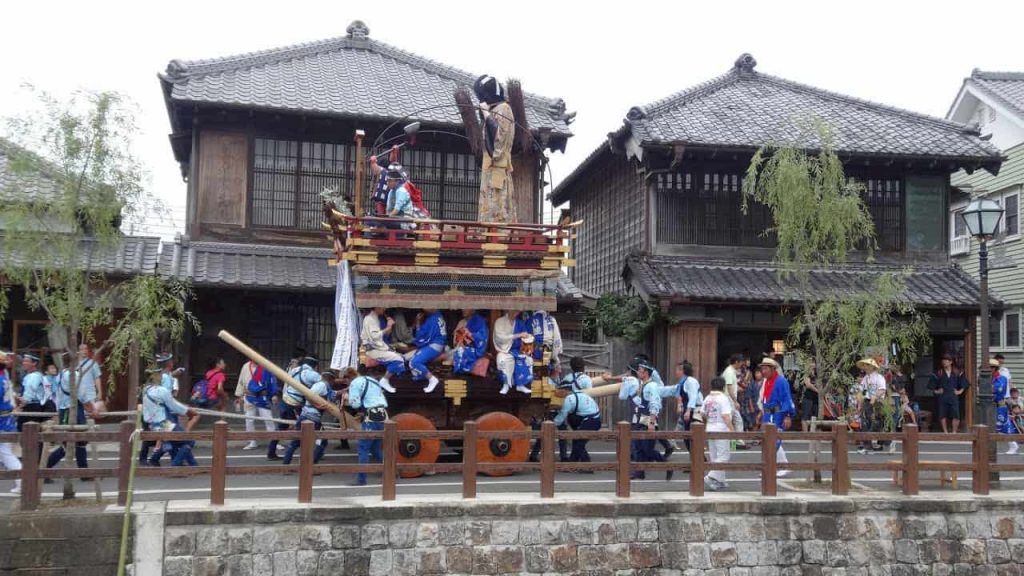


Recent Comments